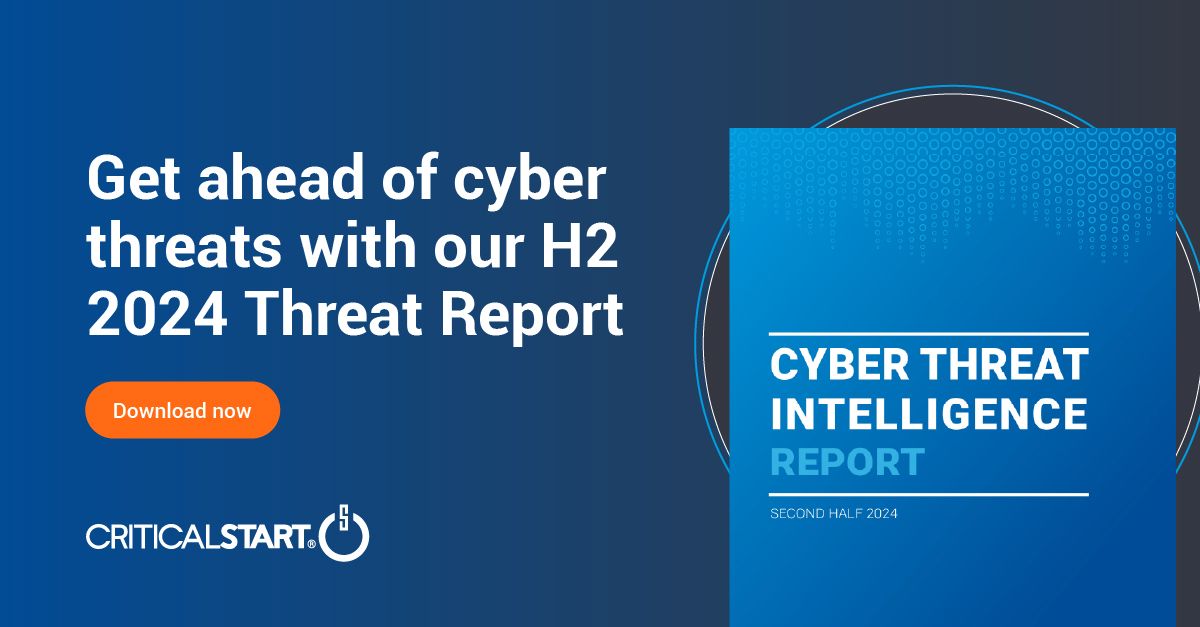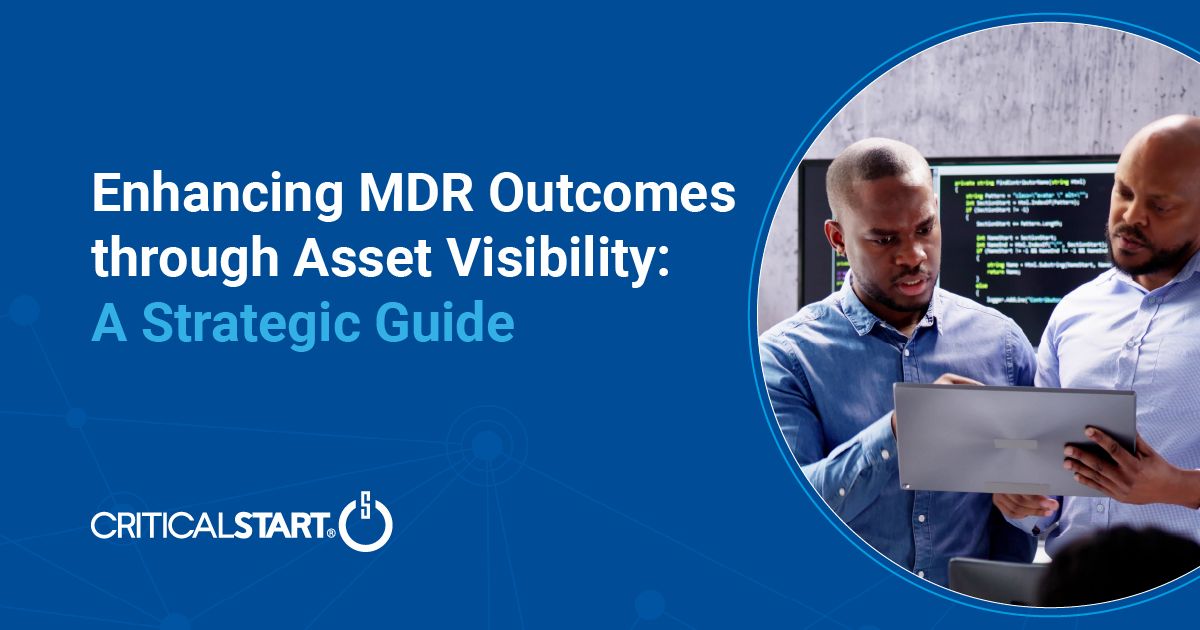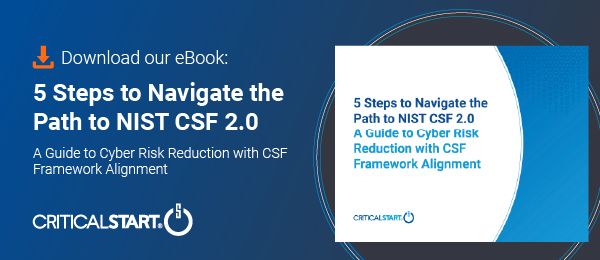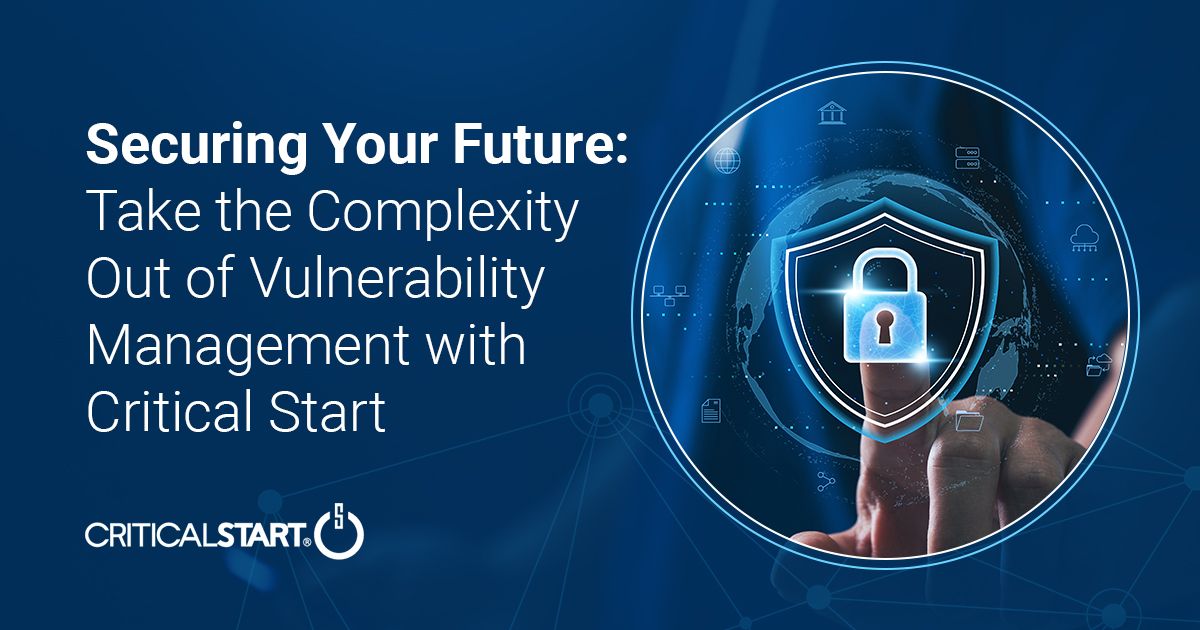H2 2024 Cyber Threat Intelligence Threat Report
Cyber threats continue to evolve at an alarming rate, with attackers shifting their tactics, targets, and techniques. The H2 2024 Cyber Threat Intelligence Report, prepared by the Critical Start Critical Response Unit (CRU), delivers deep insights into the latest attack patterns, the industries most at risk, and the proactive measures organizations must take to protect themselves.
Key Takeaways from the Report include:
- Professional Services Under Siege – A 20.8% surge in ransomware and data leak attacks, pushing Professional Services ahead of Manufacturing as the most targeted industry.
- Banking and Finance Faces a 141% Increase in Cyber Threats – Threat actors rapidly shifted focus to financial institutions, moving them to the second most targeted sector.
- Retail Sees a 180% Surge in Attacks – A sharp rise in cybercrime exploits consumer-driven spikes during the holiday season.
- AI-Powered Phishing and Malware on the Rise – Attackers are using artificial intelligence to craft sophisticated phishing lures and autonomous malware that evade detection.
- New Attack Windows Identified – Peak cyberattack hours shifted earlier to 1400-1700 UTC, requiring heightened vigilance during these critical business hours.
- Quantum Computing Threats Loom – Threat actors are preparing for the ‘steal now, decrypt later’ strategy, making quantum-resistant encryption a necessity.
Stay Ahead of Emerging Cyber Threats
Get exclusive access to the latest intelligence and security recommendations to mitigate risk, strengthen your cyber defenses, and stay ahead of evolving threats. Download the H2 2024 Cyber Threat Intelligence Report now.
















